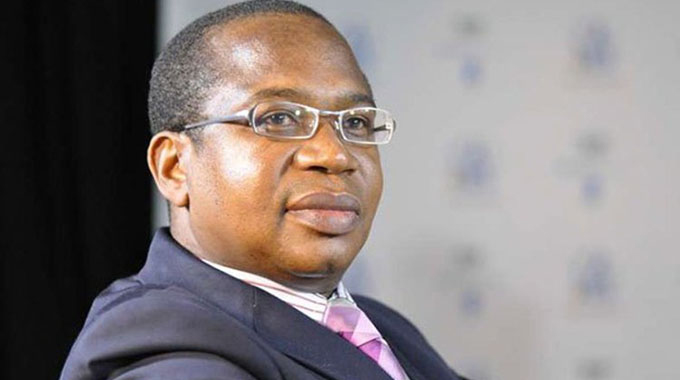Industry backs Zim-dollar return

Munyaradzi Musiiwa, Midlands Correspondent
THE Confederation of Zimbabwe Industries, bankers and exporters have thrown weight behind the re-introduction of the local currency saying this will boost public confidence, arrest market distortions and ease demand for foreign currency.
Through Statutory Instrument (SI) 142 of 2019, known as Reserve Bank of Zimbabwe (Legal Tender) Regulations, the Government yesterday abolished the use of British pound, United States dollar, South African rand, Botswana pula and any other foreign currencies, as legal tender.
Speaking at a roundtable discussion for industry executives, participants said Zim-dollar return was long overdue.
They hoped the bold move will enable appropriate monetary policy formulation, set clearly specified milestones and set the country on a growth path once again.
“The introduction of a national currency implies that the country has now moved away from a multi-currency regime, and any form of pricing, which is based on the US dollar. Consequently, an appropriate monetary policy with clearly specified milestones will need to be put in place to support the national currency and result in abolishing the multi-currency system,” participants said in a collective statement.
“The US dollar will then become a currency strictly only used for external transactions only. This is the long term objective of the liberalisation and currency reform agenda.”
The three parties also corroborated with President Emmerson Mnangagwa that there was need to stabilise the value of the local currency.
“No national currency will be trusted, have the confidence of the people, or maintain its value, unless fiscal and monetary prudence are maintained. There are several preconditions for the introduction of a national currency,” they said.
“Two of these fundamental preconditions are: firstly, the budget deficit should be in surplus or be a very small negative proportion of GDP (2-3 percent). Currently, the Ministry of Finance is running a fiscal surplus. This must be continued as far as feasible until the end of 2019 and beyond.
“Secondly, the printing of currency notes must remain strictly under 10 percent of the monetary or deposit base of the financial system. This is a general rule of thumb used by monetary experts.”
The executives also recommended that Government should harmonise messaging and policy actions and solidify support for the success of the new system.











Comments